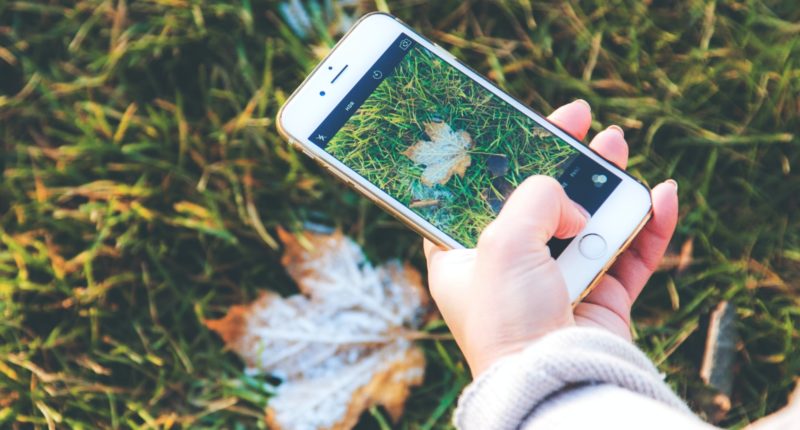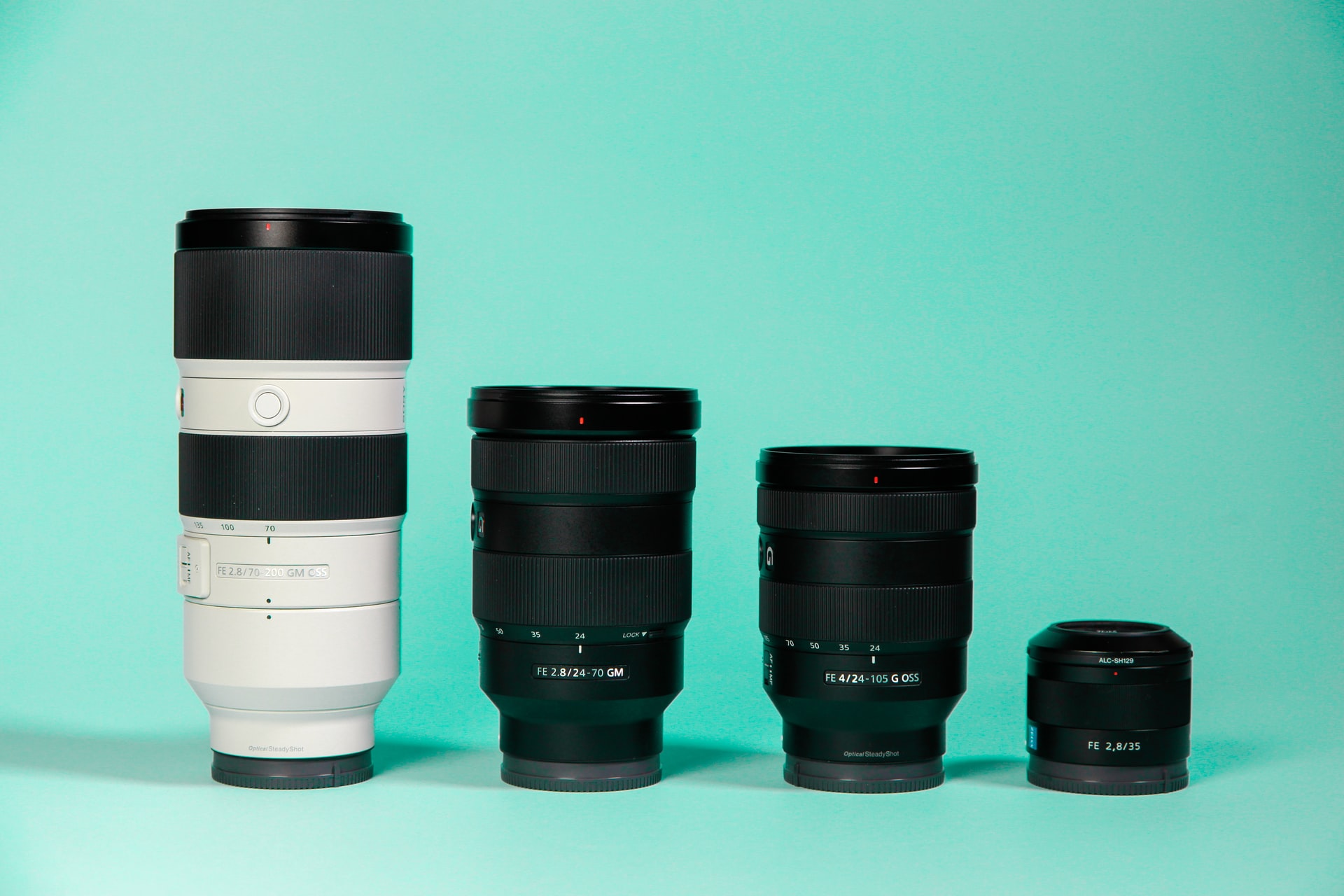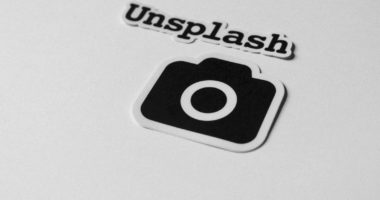Smartphones have become incredibly useful over the years, and their cameras in particular are on par with many an ordinary device. Moreover, the ability to carry the camera with you at any moment and take advantage of the moment when a special opportunity for a photo arises is priceless.
Narain, Director of Social Commerce at Meta and Unsplash community member, has kindly put together a few impressive examples that showcase the potential of mobile devices. He adds:
Notably, all maintain the aesthetic values and quality consistent with Unsplash overall, irrespective of what type of camera they were shot on. These examples span a range of devices, from top-end ones like the iPhone Pro 11, to more basic models. Technique, choice of subject matter, use of light and angles all become even more important when shooting with a phone. Probably the most effective way to get a sense of what clears the aesthetic and quality bar is to spend meaningful time reviewing the images that are selected to the editorial feed. Compare your images to them and consider how they hold up.
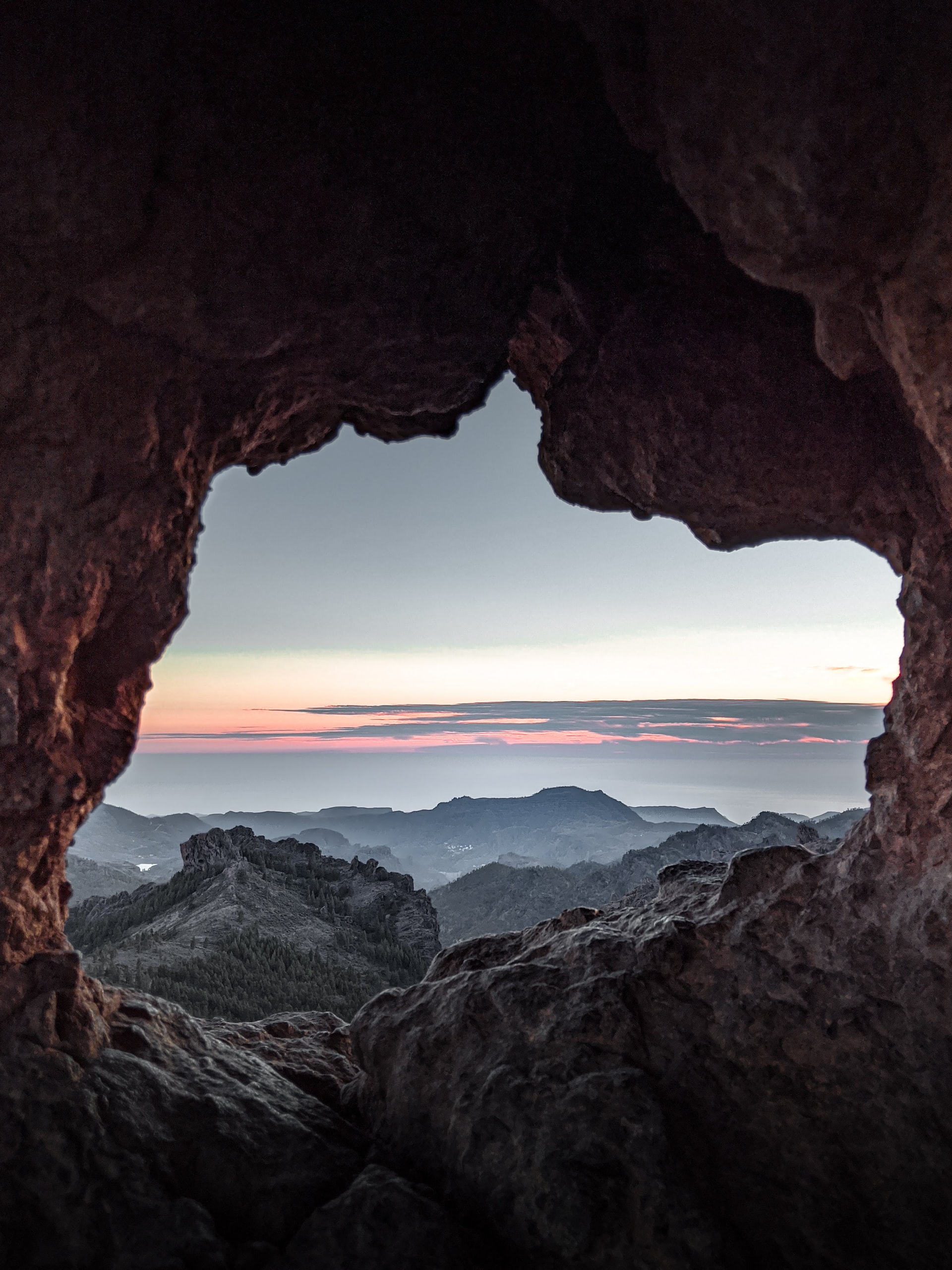

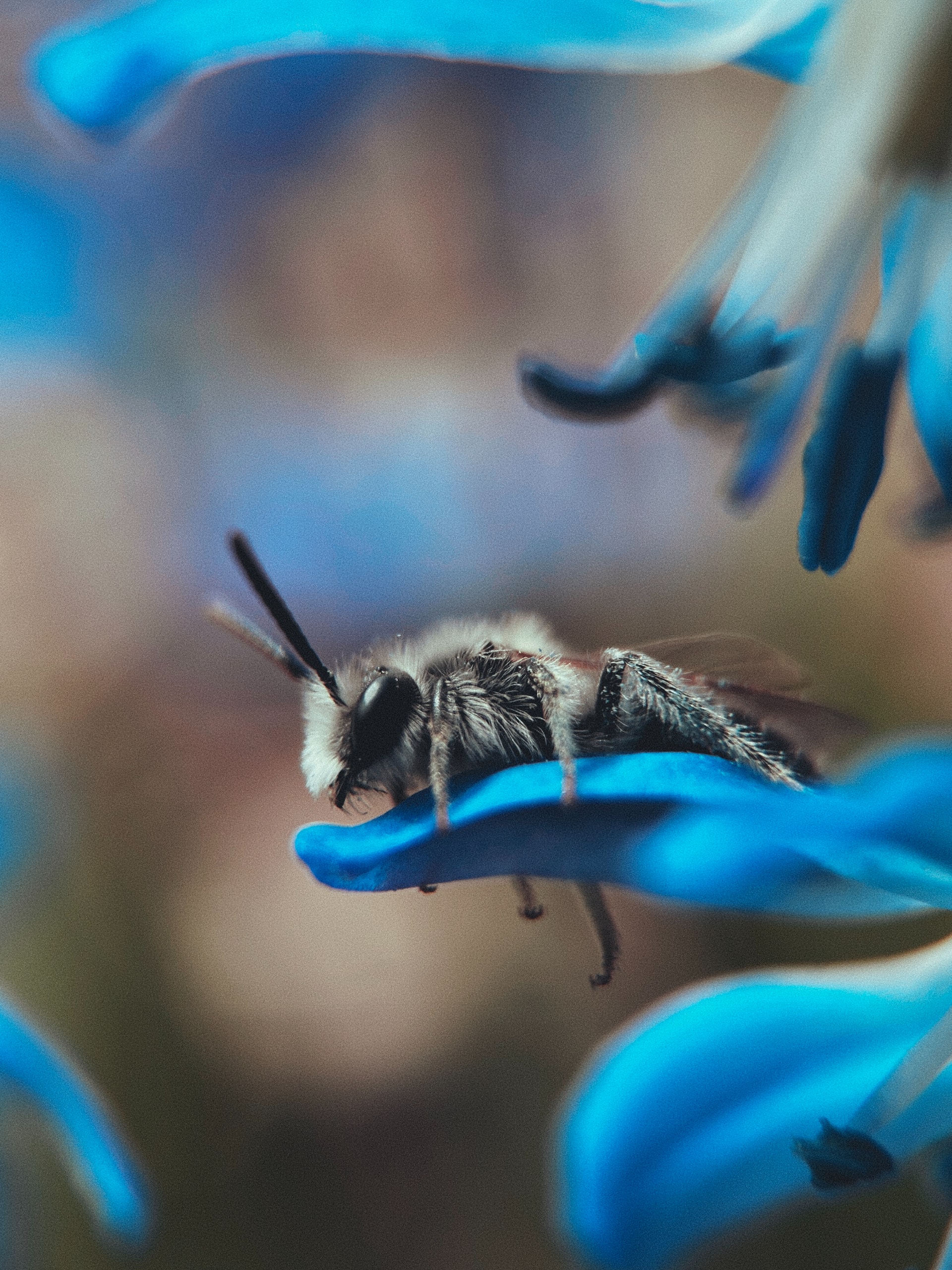
However, there are some rules you should follow when taking pictures with your iPhone or Android smartphone. Luckily, there are experts like Pawel Czerwinski and @helloimnik who regularly demonstrate their general skills on Unsplash. In the official Slack community, they’ve shared a few tips that will help you create better smartphone snapshots in no time.
DOs and DON’Ts of smartphone photography
- Don’t shoot in low light conditions. At night, in the evening and indoors. Mobile devices have minuscule sensors, and they don’t manage to collects data in such conditions.
- Don’t shoot in extreme light situations. With the sun and other very bright sources of light shining directly on the lens. You risk both a blown-up sky (big pure white patches with no data) and bad exposition of the whole image with large areas way too dark or pure black.
- Don’t get too close to the subjects. Ones that are at the reach of your hand, like something lying on the table or a plant you really close to you. It’s extremely hard to get the focus and the depth of field right. It turns out random in most cases and the impact of the camera shake is huge.
- Try using different Angles. The line of the horizon should be in level. In urban conditions, it can be some bottom edges of buildings. Images at weird angles hurt the eye and confuse. The only reason for angles is a Dutch angle that just adds to the photo and has a purpose.
- Don’t trust the Portrait mode: On some phones it gives a really fake look and can be a cause for photos to be flagged – try not to use it at all
- Always check your photos at 100% zoom. So many of the flagged images are because people are viewing on a tiny screen.
- Don’t shoot uninteresting subjects, the library is full of things like flowers, so if you’re going to post flowers, they need to be at a high standard – or they’ll never be seen.
- Get permissions, when taking photos of people in the street and famous people (people taking part in sports events, singers etc). They might not want their photo posted to a stock site to be distributed however anyone wants. So the permissions flag may be triggered if the faces are recognisable. Unsplash does this to protect you.
- Straighten up your horizons, if you’re taking a photos of some sea or a landscape. Jaunty angles aren’t necessary.
Do you also have an opionion on how to take the best smartphone photos? Then feel free to let me know in the comments!
(Header image by Maria)
